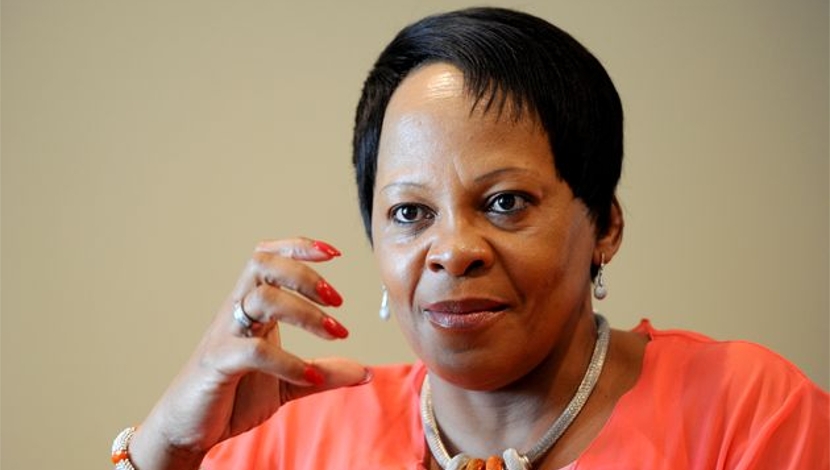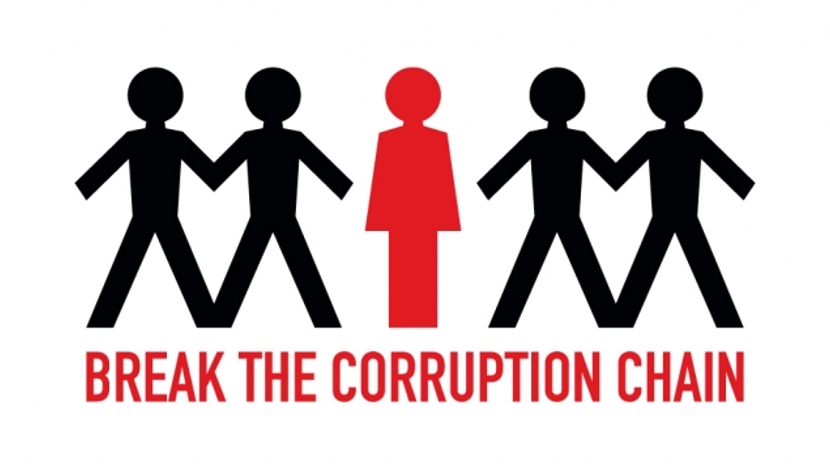

The Minister of Water and Sanitation’s recent water announcement of water restrictions brought home the criticality of South Africa’s water scarcity – prolonged drought conditions have meant many of the country’s major dams are emptying faster than they can be refilled. Let’s explore some of the critical challenges that South Africa’s large municipalities face and propose considerations that need to be taken.
For every 1,000 litres of water Rand Water pumps to the City of Johannesburg, approximately 350 litres are lost, seeping out of the value chain unbilled. Part of this water – called ‘non-revenue water’ (NRW) – escapes through leaks in major underground pipes or in water storage units; in other words, is lost due to network faults. The rest, however, forms part of what is known as ‘commercial losses’ – losses incurred, for example, due to metering and billing-related inaccuracies.
Networks far from perfect
As of June 2017, Johannesburg Water’s NRW losses stood at 35.3%, against a set target of 32%. The South African average percentage of NRW is currently estimated at 39%, with ranges from 21.3% in the Western Cape to 55.1% in Limpopo Province. South Africa’s metros vary markedly in terms of NRW figures. The average is 36.9%, and the maximum is above 40%, while Cape Town leads, oscillating at around 19-21%. Important to note, however, is that due to their very nature, even the most efficient water networks are far from perfect: best-in-class international NRW benchmarks are in the single digit figures, with 15% being a generally accepted as an ideal target for most utilities.
Johannesburg has aged water infrastructure, some date back as far as 60 or 80 years – past their useful life. Johannesburg’s mayor is on record saying that the total deferred investment backlog for the City of Johannesburg (spanning water, electricity, roads, and sanitation) is in the region of R170bn. Given the city’s current year-on-year capital expenditure, addressing the backlog translates into a 20-year-plus activity. As such, the city needs to act now to ensure the water network’s long-term sustainability.
Water networks pose unique challenges. Repairing an issue in one area can, for example, lead to pressure imbalances elsewhere, causing other smaller problems to escalate, or new issues to arise.
Scientific approach needed
As such, there needs to be a scientific approach to fixes. Establishing the optimal way to correct issues must also take capital into account. Put simply, you need a mechanism for prioritising which leaks to fix first, based on the benefits, costs, and network-wide effects and efficiencies of doing so. Further, you need to consider the fact that you are operating in a resource-constrained environment – with limits to both budget and access to skills.
By way of background, Johannesburg’s water is sourced predominantly from Rand Water, although boreholes not connected to the main distribution system add to the supply slightly. Rand Water’s main extraction point is the Vaal, supplemented by water coming out of Lesotho’s Highlands Water Scheme.
Water-saving measures instituted in Gauteng have included Rand Water limiting the pressure at which water is supplied. This affects Johannesburg, Tshwane and Ekhuruleni – among other major Gauteng municipalities including Midvaal – but also has impacts as far north as the platinum belt (in the North West Province).
Although pressure reduction aims to reduce the amount of water being lost in the very near term, the greatest water-saving measures Johannesburg can implement are likely going to be behavioural – sensitising residents to the fact that South Africa is inherently a water-scarce country. Even as plans have been made, there remains a gap in the capacity to execute those plans.
Identifying unknown problems
Fixing known faults is a major priority, but identifying unknown problems is also necessary. Mass balancing is a technique that has been used in many process/network plants. However, as a water network gets more complex, mass balancing complexities can grow proportionally, if not exponentially. Advanced analytics can be used to empower the network engineer to identify location of water loss issues. Is inefficient pumping at a particular station the cause? Is there a background leak? Through modelling and visualisation, utilities can identify network hotspots as well as understand and manage the performance of their assets as dynamic systems.
Johannesburg Water is a R7.9bn-revenue-a-year entity. That revenue, however, comes only from consumption that can be billed. As such, increasing the amount of billable water (by lowering NRW) by even 1% can have significant financial impacts.
Reducing NRW by only 5%, for example, would put hundreds of millions of rands into the City of Johannesburg’s pocket – money that could be used to drive further improvements to the city’s water network. Given the city’s current NRW figures, reducing losses by 1-2% per year would an achievable goal in the first three to five years of a project. Thereafter, every percentage gain, while realisable, would be more complex and expensive to realise.
Cape Town has been very strategic in its deployment and monitoring of water metering – changes that were implemented in response to a growing crisis. In Gauteng, acting now, before the situation reaches Cape water crisis levels, will mean that any project can be carried out more cheaply, and with greater planning and consultation.





